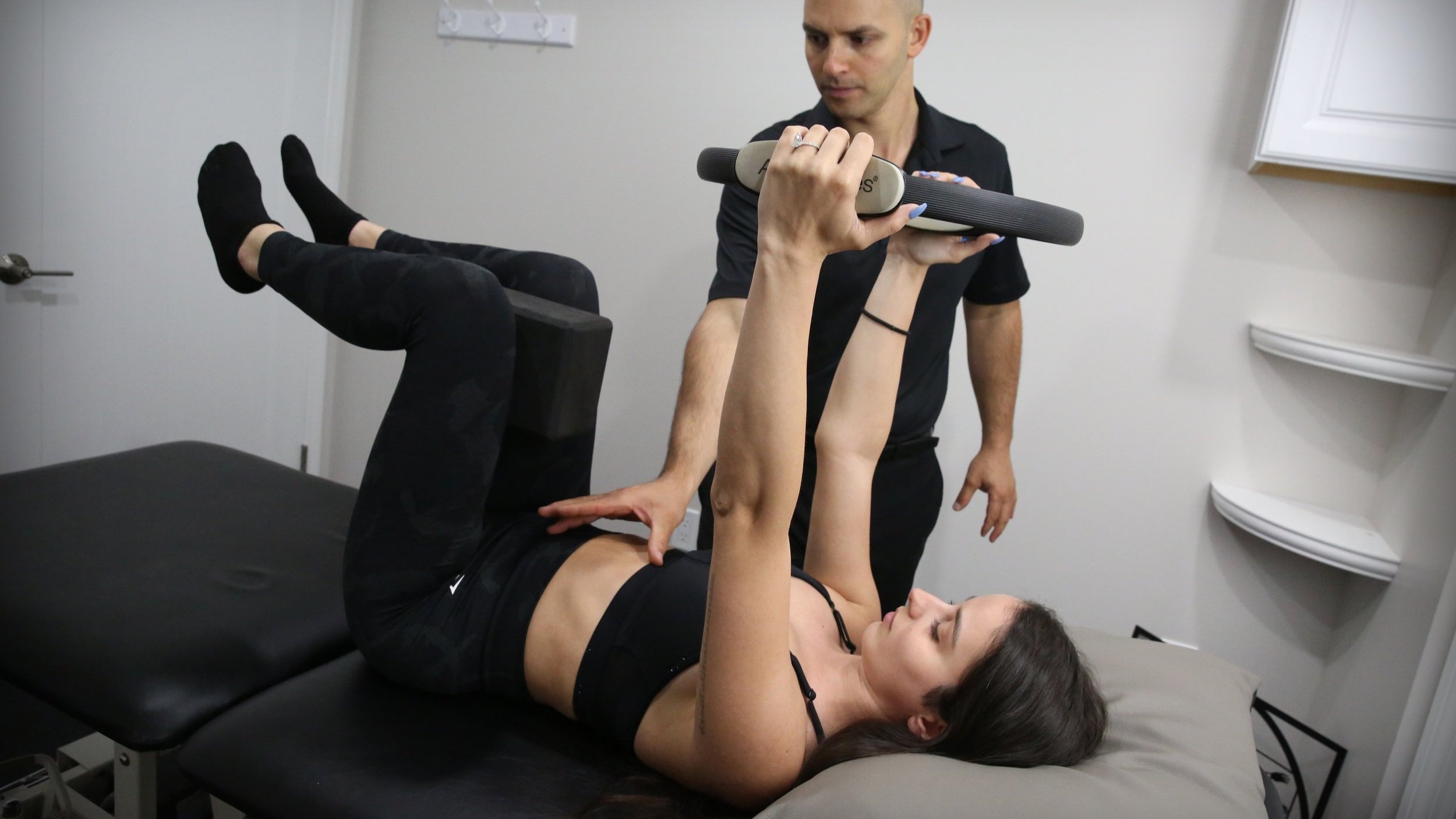Everything You Need To Know About Carpal Tunnel Syndrome
What is Carpal Tunnel Syndrome?
The Carpal Tunnel—a narrow, rigid passageway of ligaments and bones at the base of the hand—houses the median nerve and the tendons that bend the fingers. Carpal tunnel syndrome occurs when this passageway becomes pressed or squeezed. Those who experience it feel numbness, tingling, and discomfort in their hands and wrists. Occasionally it may feel like an electric shock traveling up the arm, or make it difficult to grasp normal objects like a phone, newspaper, or steering wheel.
Not all cases of Carpal Tunnel are the same. While many cases originate at the wrist, there is a possibility that it could be coming from compression of the cervical spine or both at the same time (double crush syndrome). A herniated disc or other form of nerve irritation at C5-C6 can mimic that of carpal tunnel. The cervical spine should always be ruled out when symptoms presenting as carpal tunnel arise.
When you think of Carpal Tunnel you might think of professions that involve prolonged and repetitive movement like assembly line work or office jobs with lots of typing. However there are a variety of other factors that increase Carpal Tunnel Syndrome risk.
Risk Factors that increase Carpal Tunnel Syndrome:
Anatomic factors – a wrist fracture or dislocation, arthritis, or people with naturally smaller carpal tunnels are more likely to pick up the syndrome.
Gender – it’s generally more common in women.
Obesity – excess body mass may increases pressure on the nerve.
Alterations in the balance of body fluids – fluid retention, common during pregnancy and menopause, may increase pressure on the carpal tunnel.
Inflammatory conditions – these types of illnesses can affect the lining around the tendons in your wrist.
Nerve damaging conditions – Chronic illnesses like diabetes increase risk of nerve damage, including your median nerve.
How do you treat Carpal Tunnel without surgery?
Physical therapy is an effective treatment for Carpal Tunnel, to reduce your symptoms without the need for surgery. Treatment helps you to resume your normal work and home activities. Depending on the causes of your Carpal Tunnel Syndrome your program may include learning about:
Changing wrist positions
Proper neck and back posture
Heat/cold treatments to relieve pain
Stretching exercises to increase flexibility
Use of a night splint to increase comfort
Exercises to increase strength in your postural muscles, forearms, hands
While there are no proven ways to prevent Carpal Tunnel Syndrome, you can take steps to minimize stress on your hands, by taking frequent breaks, watching your typing/mobile device holding form, improving your posture, changing your computer mouse to an ergonomic one, and stretching throughout the day.








